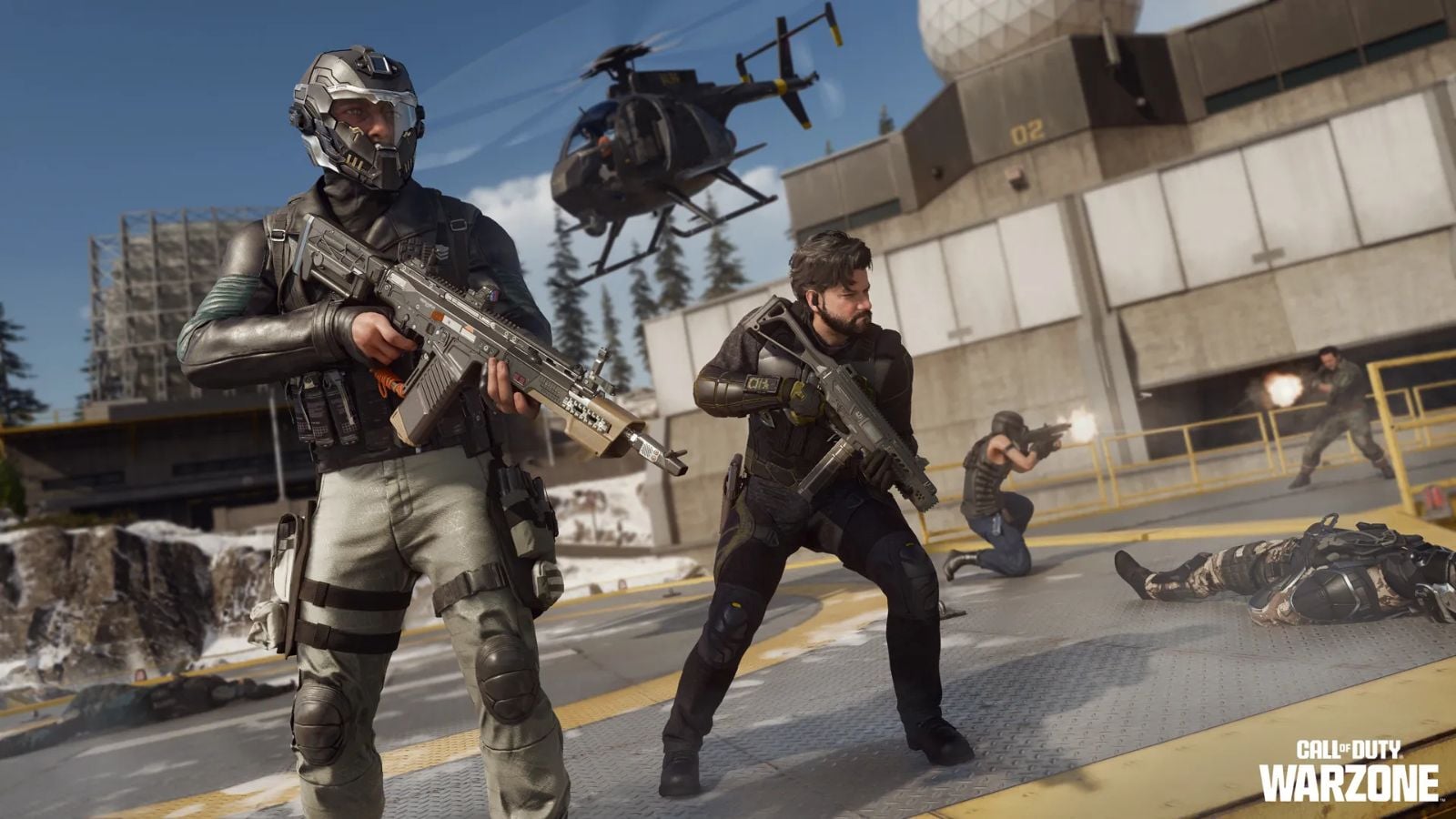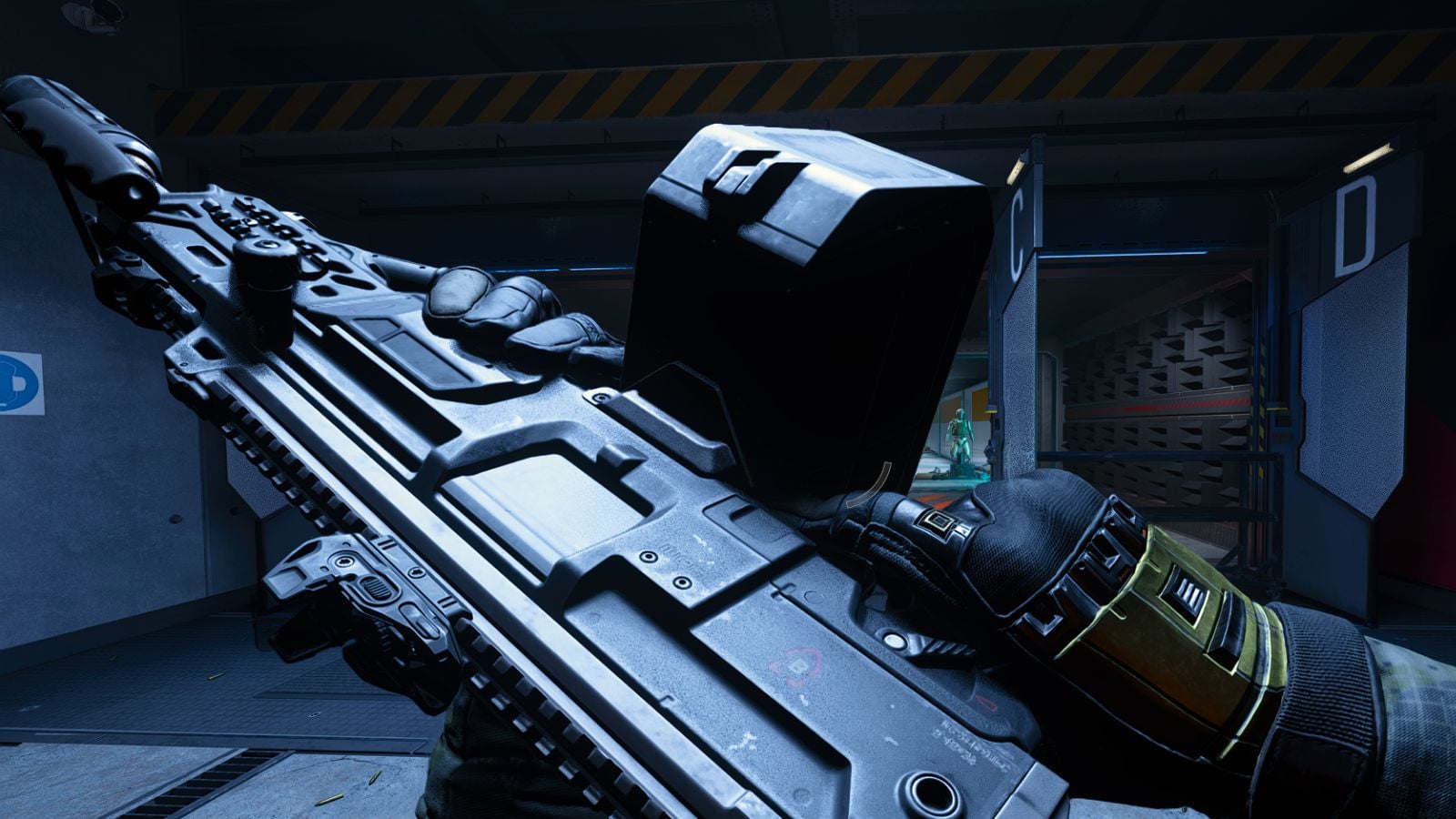The release of 2019’s Call of Duty: Modern Warfare marked the beginning of franchising in CoD esports with the inauguration of the Call of Duty League (CDL).
Minimum salaries and guaranteed contracts brought much-needed job security for players and slipshod, inept organizations that previously held too much power have been shut out. The concept of a franchised league was exciting—a milestone indicating legitimacy. Gargantuan investment and lucrative sponsorships have followed the humble beginnings of GameBattles ladders. Poetically, those days began during the original Modern Warfare in 2007. The legendary title’s competitive scene has come full circle.
But so far, the franchised league has underwhelmed. Viewership is terrible if the Chicago Huntsmen are absent. Home Series events feel meaningless. Activision cares far more about new-user integration than competitive integrity. Scump, CoD’s most well-known star and former OpTic Gaming poster child, is 25—so is 22-time champion FormaL, one of the most talented players in CoD history. Both players are past their prime. H3CZ, a figure commanding a cult-like following of his own, is no longer OpTic’s leader.
New talent in the league is devoid of attractive star power. There’s hardly any content being created by CoD’s elite—and content was the game’s oxygen. Without it, OpTic (and to a lesser extent, FaZe Clan and Team Envy) wouldn’t have the support that’s kept CoD’s competitive scene afloat in the past. The worst-kept secret in esports: Call of Duty relies disproportionately on its iconic names to achieve success. And so far this season, it’s been more glaring than ever.
The CDL’s bad viewership
In an episode of The Mobcast just before this season commenced, Nadeshot, OpTic Gaming icon and current CEO of 100 Thieves, explained why he wasn’t investing the reported $25 million to secure his company’s spot in the newly franchised league. On CoD’s viewership for events, he said “if OpTic is not playing in the finals, there’s like, 40,000 people watching the tournament.” OpTic Gaming Los Angeles, a CDL franchise, is the last remaining OpTic squad in any esports title. But H3CZ, Scump, and FormaL are now a part of NRG Esports’ affiliate franchise, the Chicago Huntsmen, leading many OpTic fans to pledge allegiance to them. The viewership has therefore followed Chicago, not OpTic.
The Call of Duty League also agreed before the season began to stream all CDL matches exclusively on YouTube. All things considered, the viewership numbers are worrying.
The L.A. Home Series in early March hit a lame peak of 67,000 viewers during the finals between the Dallas Empire and Minnesota RØKKR, with an average viewership of 38,500 on the weekend, according to analytical service Esports Charts. Notably, the Huntsmen weren’t involved in the event.
At the Chicago Home Series in late April, just six weeks later, the Huntsmen reached the final day and viewership peaked at 85,000 (for a Huntsmen match), while average viewership for the weekend was 47,000. From L.A. to Chicago, that’s a 22-percent increase in average viewership, almost all of which can be credited to the Huntsmen’s participation in the tournament.
Some may claim this increase was caused by the COVID-19 pandemic. Todd Sitrin, the senior vice president of EA’s competitive gaming division, said in April that since lockdown began, EA saw a “dramatic increase in viewership.” Online streaming platforms recorded a 43-percent increase in viewership starting March 29 compared to the beginning of 2020. Could this have caused the surge in viewership from March to April?
The evidence suggests otherwise. The Dallas Home Series, which took place just a couple of weeks before the Chicago Home Series, right in the middle of the lockdown, averaged just 29,000 viewers, reaching a mole-hill peak of 63,000. Scump and FormaL were eliminated in the semifinals and the Atlanta FaZe didn’t participate in the event. The finals, sorely lacking household names with the Minnesota RØKKR and Florida Mutineers, didn’t break 36,000 viewers at any point. That’s more than a 42-percent decrease in viewership from the semifinal peak to the finals. Even the Florida Home Series in May, in which OpTic Gaming L.A. had their best performance yet, only averaged 31,500 viewers, reaching an apex of just 60,000—a glaring statistic that highlights the impotence of OpTic Gaming since H3CZ’s departure.
Viewership for the New York Home Series in early July was the best it’s been all season (115,000 peak). Unsurprisingly, Chicago reached the finals and played FaZe on the final day. Peak viewership for the London Home Series in mid-July was high, according to Esports Charts (111,000), but all five of the most-viewed matches took place on the second day of the three-day event. Four out of the five contained the Huntsmen, too.
What happens when Scump and FormaL retire? The old OpTic Gaming has already left the building. Will anybody care about professional CoD when its already fading stars call it quits?
In comparison, CWL London last year, which took place at around the same time as this season’s Dallas Home Series (which averaged 29,000), at least managed an average viewership of 46,000 on Twitch. CWL Anaheim last June reached a peak of 122,000. Crucially, the three matches with the highest peak at Anaheim all showcased OpTic Gaming—the old OpTic Gaming—with the finals between eUnited and 100 Thieves sitting fourth on the list. Many CoD fans don’t care about the finals of their esport if its dignitaries aren’t involved.
The moment CoD’s stars are out of sight, interest fades and viewership tumbles. This isn’t the case for CS:GO, League of Legends, or even the Overwatch League. This is a Call of Duty problem. And this year has unfolded as many pessimists, like Nadeshot, predicted.
Eroding competitive integrity and YouTube exclusivity
By the end of the regular season, there will have been 11 Home Series events, with teams accumulating points that determine their seed in the end-of-season playoffs. The commissioner of the CDL announced in May that all 12 teams would qualify for the end-of-season playoffs (instead of just eight), rendering the Home Series events even more pointless than before. The CDL’s sudden change of course in response to the league’s poor viewership seems obvious.
What’s more, some may not consider Home Series events major tournaments if only eight out of 12 teams compete—a questionable decision that was bound to kill fan interest but also snip integrity from CoD competition. CDL Home Series events, to some, may have an asterisk beside them when judged historically. This flies in the face of CoD’s esports history. Major tournaments have always been frequent and consequential. This year’s regular season is a meaningless, elongated warm-up for the playoffs.
The CDL streaming exclusively on YouTube was also bound to affect viewership in the short term. The instinct of most esports and gaming fans is to turn on Twitch. The COVID-19 pandemic also threw a myriad of wrenches in the works, given that Activision hedged its bets on an Overwatch-style, geo-affiliated home-and-away fixture system. Online gameplay rendered that system obsolete. The main problem with CoD, however, is that these factors alone can’t explain the CDL’s failures since January.
Activision, relative to public appeal, cares little for CoD’s competitive ecosystem. Developers have declared on the record that the priority is to shorten the skill gap through noob-friendly map, weapon, and level design. By definition, this chokes competitive integrity. A spawn system at odds with pro gameplay bugged scrimmages for months. No plans for a public ranked playlist that would function as a self-sustaining procurer of talent makes no sense for a professional esport, particularly when companies are investing eight figures for a place in the pro league. Investors of the CDL will be losing an eye-watering sum of money and would have done so without the COVID-19 pandemic.
It’s unreasonable to expect CoD to reach the heights of CS:GO or League. The game itself changes dramatically each year and consistency is crucial for an esport to maintain and grow its fan base. The vision for Call of Duty clearly doesn’t prioritize pro play, let alone competitive integrity—it concerns money and wide public appeal.
Call of Duty’s competitive scene is more Fortnite than CS:GO—its publisher has other priorities. High-level competition would be nice, but it isn’t the hill they’re prepared to die on. CoD’s green-colored lifeboat has had a paint job and is sinking, its stars are drowning, and Activision doesn’t seem to care about saving its esport. It seems the franchised Call of Duty League hasn’t been a success and the future of professional CoD lies in the balance.












Published: Aug 6, 2020 11:46 am